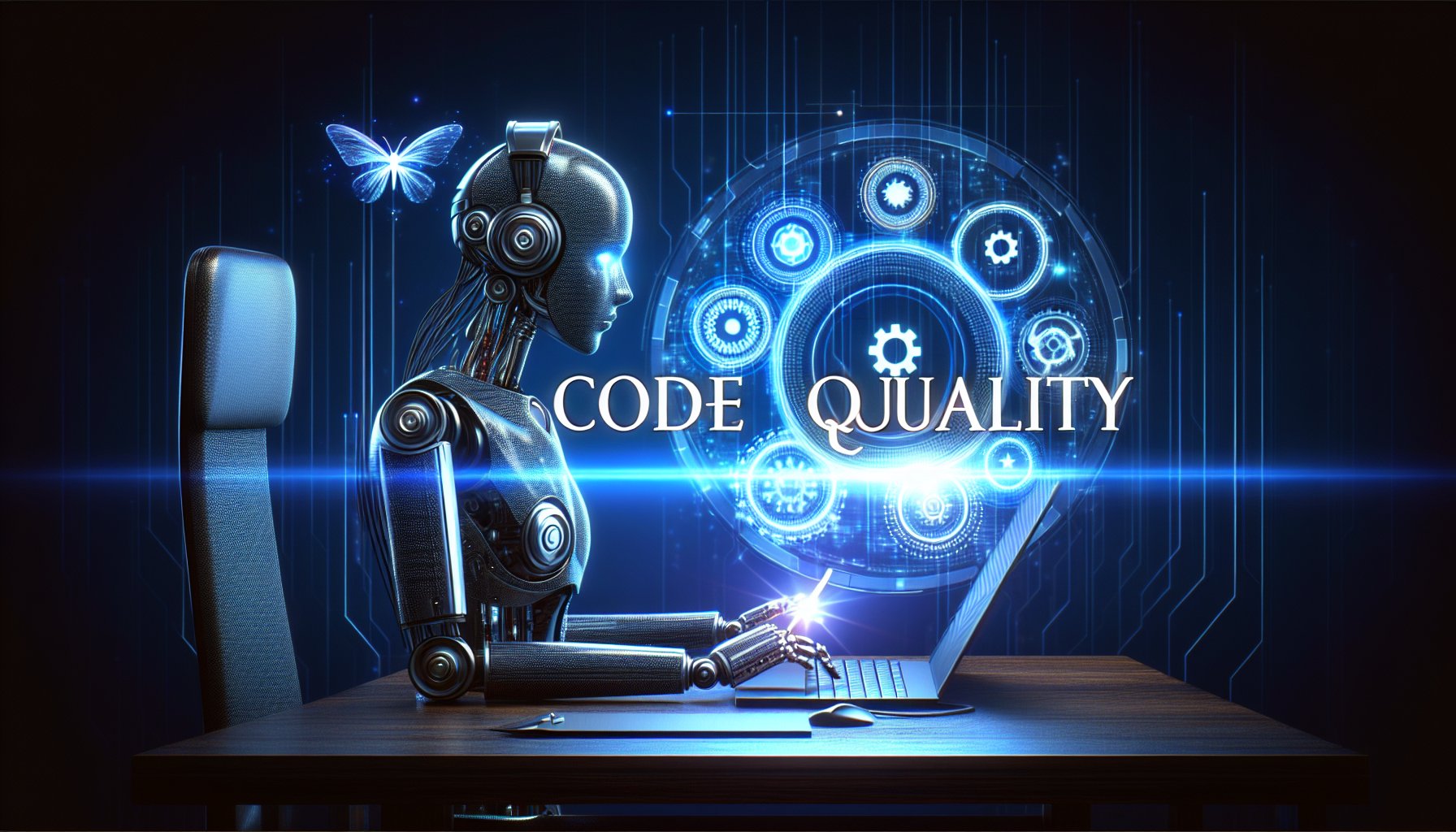Introduction: Code Quality in the Age of Rapid IT Development
As we navigate the fast-paced, dynamic landscape of IT development in 2025, code quality emerges as a critical factor in shaping the efficiency, reliability, and success of software products. This blog post explores cutting-edge practices and emerging trends in maintaining and enhancing code quality, providing valuable insights for developers, IT professionals, and businesses alike.
Understanding Code Quality
Code quality refers to the extent to which a codebase is understandable, changeable, and maintainable. High-quality code typically results in software that's reliable, efficient, and easy to adapt or scale. In the current era of rapid technological shifts and constant updates, maintaining high code quality is more important than ever.
Continuous Integration: The Heart of Code Quality
Continuous Integration (CI) has become a cornerstone of modern code quality strategies. CI involves regularly merging all developer working copies to a shared mainline. This practice is instrumental in detecting integration issues early and ensuring that software can be reliably released at any time.
Automated Testing: The Backbone of CI
Automated testing is a critical part of CI and, consequently, of maintaining code quality. By automating the testing process, developers can identify bugs and errors swiftly and fix them before they become entrenched in the codebase. Modern frameworks and tools, such as Jest for JavaScript, JUnit for Java, and PyTest for Python, have made automated testing more efficient and reliable.
Refactoring: Keeping Your Codebase Clean
Refactoring is the process of restructuring existing code without changing its external behavior. Regular refactoring is crucial for keeping your codebase clean and manageable, improving its overall quality. Modern Integrated Development Environments (IDEs) such as Visual Studio Code and JetBrains IntelliJ IDEA provide powerful tools for safe and efficient refactoring.
Code Reviews: Learning and Growing Together
Code reviews, where one or more developers review a piece of code written by a peer, are a powerful tool for maintaining code quality. They encourage knowledge sharing, foster team collaboration, and improve the overall quality of the codebase. Code reviews have been made more seamless with platforms like GitHub and GitLab, which provide excellent tools for reviewing and discussing code changes.
Conclusion: The Future of Code Quality
As we move further into 2025 and beyond, code quality continues to be a vital aspect of successful software development. The practices discussed above - continuous integration, automated testing, refactoring, and code reviews - are key to maintaining and enhancing code quality. By adopting these forward-thinking strategies and making use of the latest tools and frameworks, businesses and developers can ensure that their code is not only functional and efficient but also adaptable and future-proof.
Key Takeaways
To stay ahead in the evolving IT landscape, focus on these critical aspects of code quality:
- Embrace Continuous Integration to ensure your code is always ready to deploy.
- Leverage automated testing to catch and fix bugs early.
- Regularly refactor your code to keep it clean and manageable.
- Use code reviews to foster team learning and improve your overall codebase.
Remember, the future of code quality lies in embracing these innovative practices and using the latest tools to streamline your development process.
